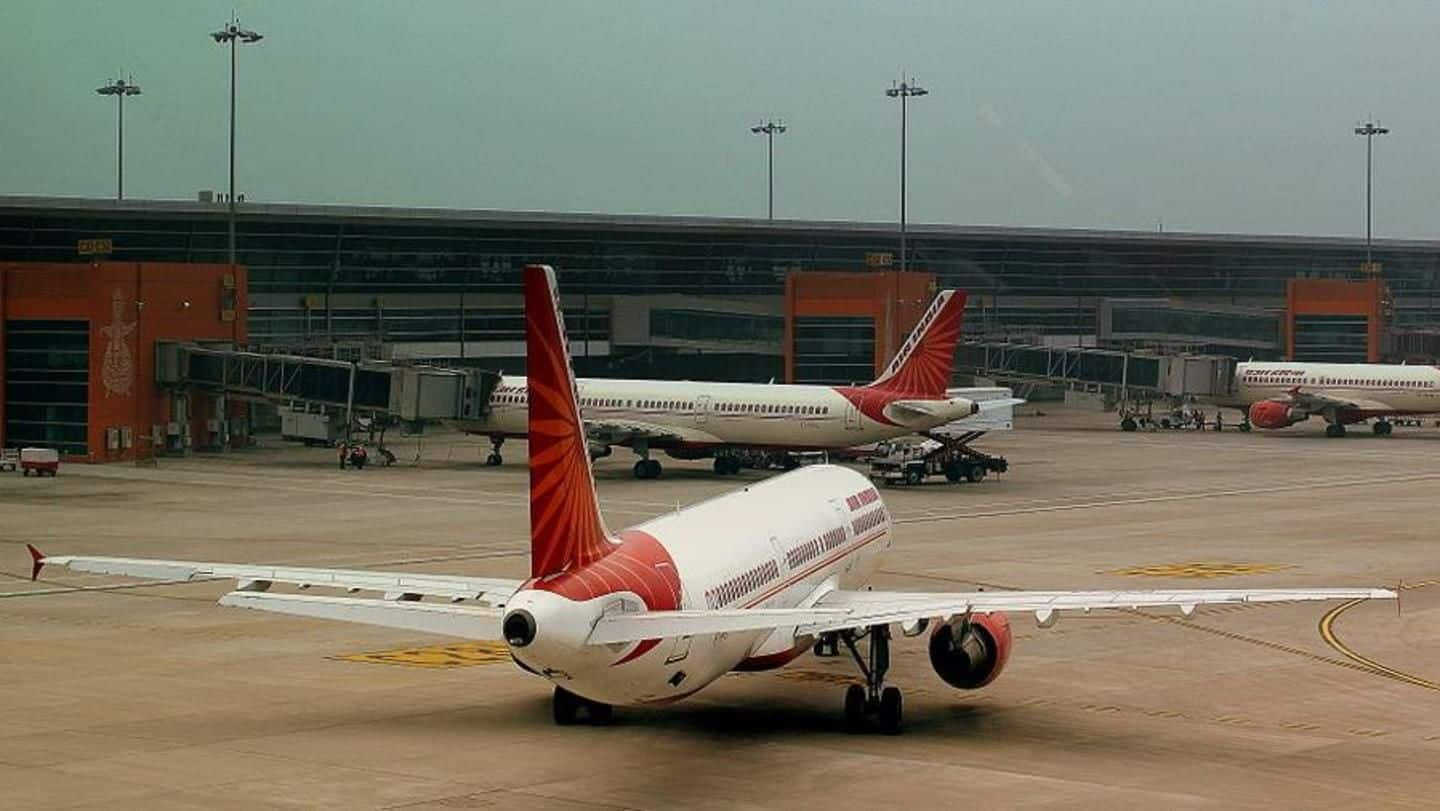
How this Air India pilot saved lives of 370 passengers
What's the story
On Monday, reports surfaced detailing the nightmarish ordeal Air India pilots had to endure on September 11 when they had to battle low fuel, multiple systems failure, and bad weather to safely land a 15-hour-long flight from New Delhi to New York. The flight, AI-101, had 370 passengers onboard, and managed to land safely at the Newark Airport in New Jersey. Here's more.
Malfunction
The flight's ILS malfunctioned before landing at JFK
The 15-hour-long flight, one of the longest in the world, was supposed to land at the JFK International Airport in New York when disaster struck. The flight's Instrument Landing Cluster (ILS), that is responsible for the precise lining up of an aircraft prior to landing, malfunctioned. On top of that, the flight was low on fuel, and was facing bad weather and low visibility.
Quote
The pilot had to land without the help of radar
"The weather was bad at New York Airport and due to the snag, radar was not visible in the cockpit. The pilot had to carry out landing without the help of radar," an Air India spokesperson told HT.
Newark
Newark was chosen for landing as it had better visibility
Encountered with bad weather and multiple systems failure, AI-101's pilot, Captain Rustom Palia, asked Air Traffic Control if there were other "sectors" with better visibility. Newark was chosen for the visual landing, unaided by ILS, as it had a higher "ceiling" of clouds, thereby allowing the pilots to see the runway. However, the landing wasn't without its issues.
Quote
The extent of the systems malfunction was nightmarish
"Basically, we've got a single source radio altimeter, we have a Traffic Collision and Avoidance System failure. No auto-land, no windshear systems, (no) Auto Speed Brake, and the Auxiliary Power Unit is unserviceable as well," Palia was heard telling Air Traffic Control prior to landing.
Landing
Despite adverse odds, Captain Palia managed to land safely
For those unaware, the ILS, the Traffic Collision Avoidance System (TCAS), and multiple altimeters are the most crucial instruments for flight landings. Yet, despite the adverse odds, Captain Palia heroically managed to land the aircraft at the Newark Airport, where emergency crews had been put on stand-by. A day after the incident, the aircraft and its crew returned to India.